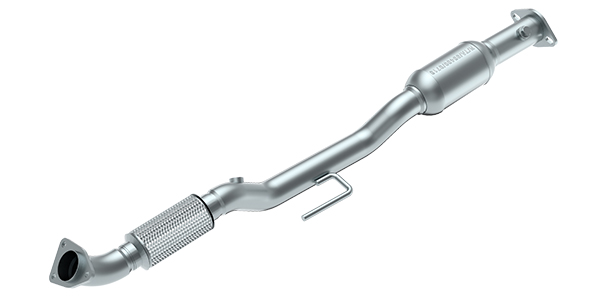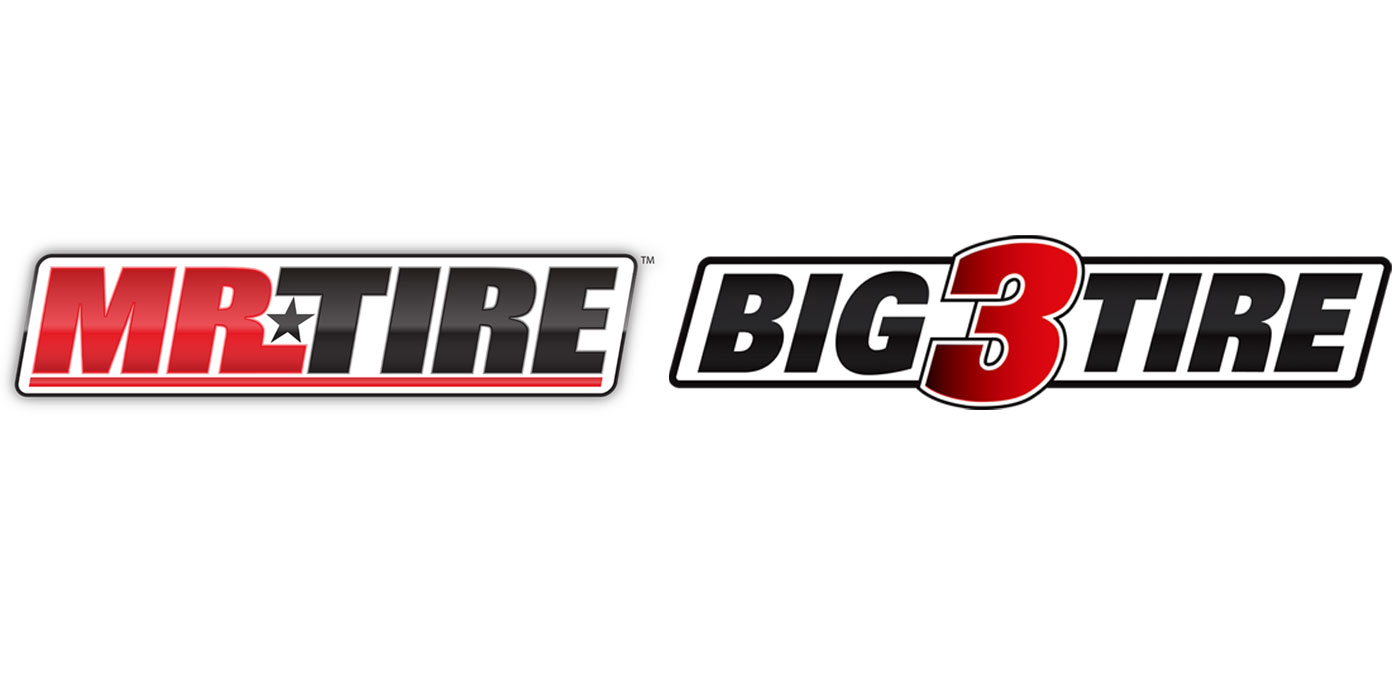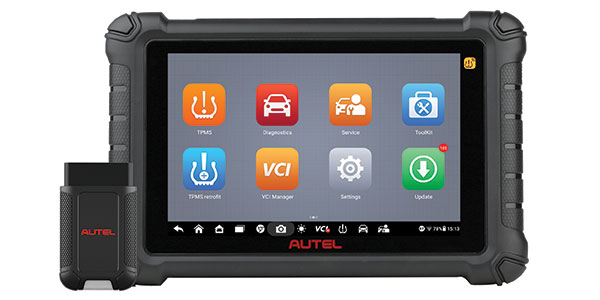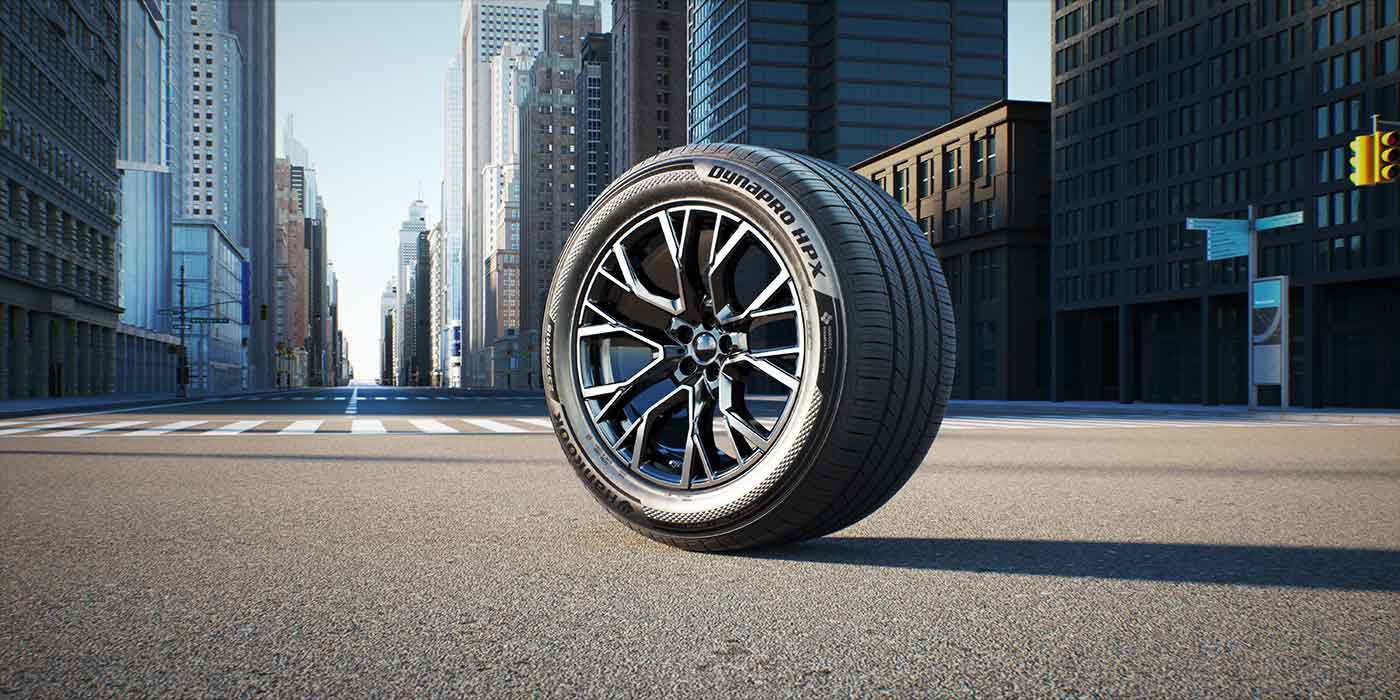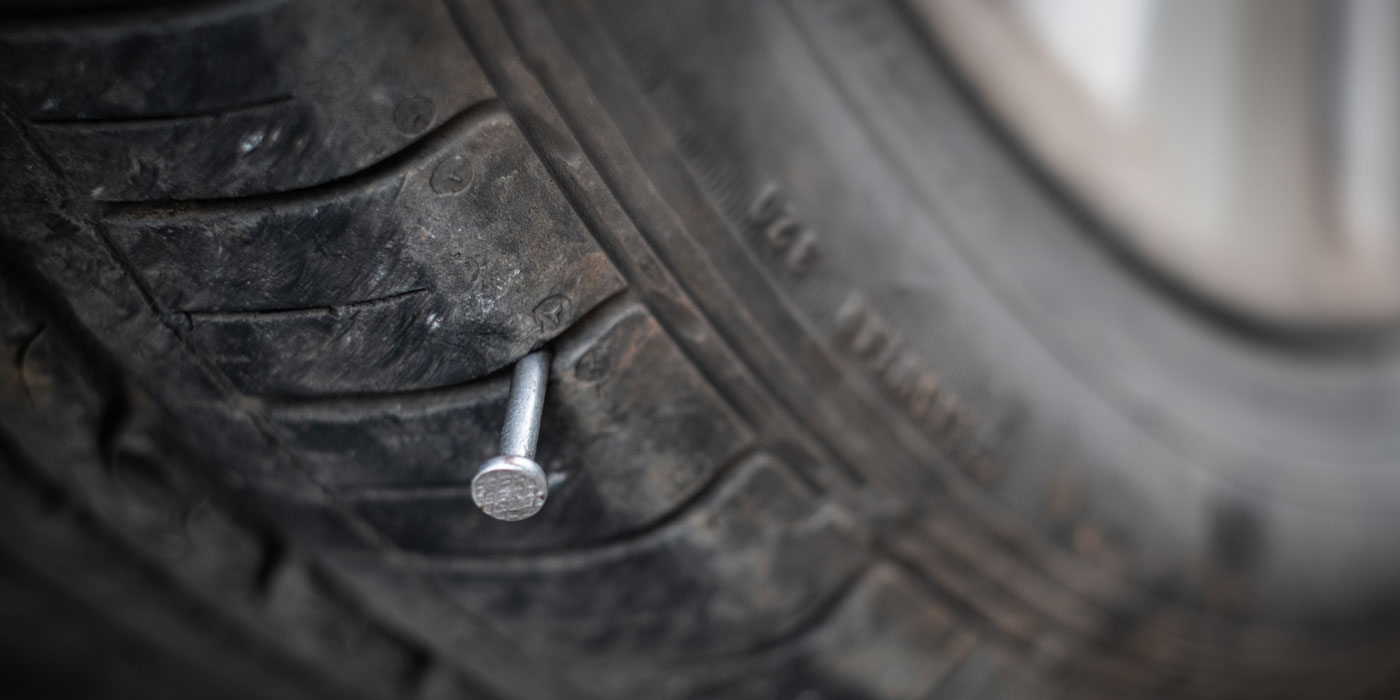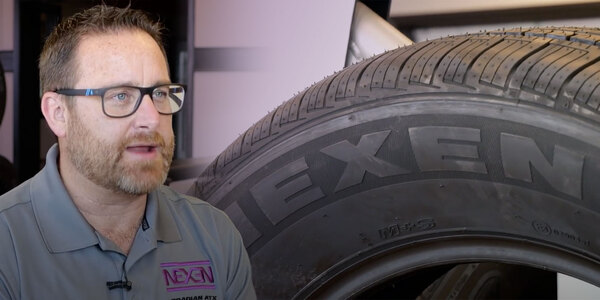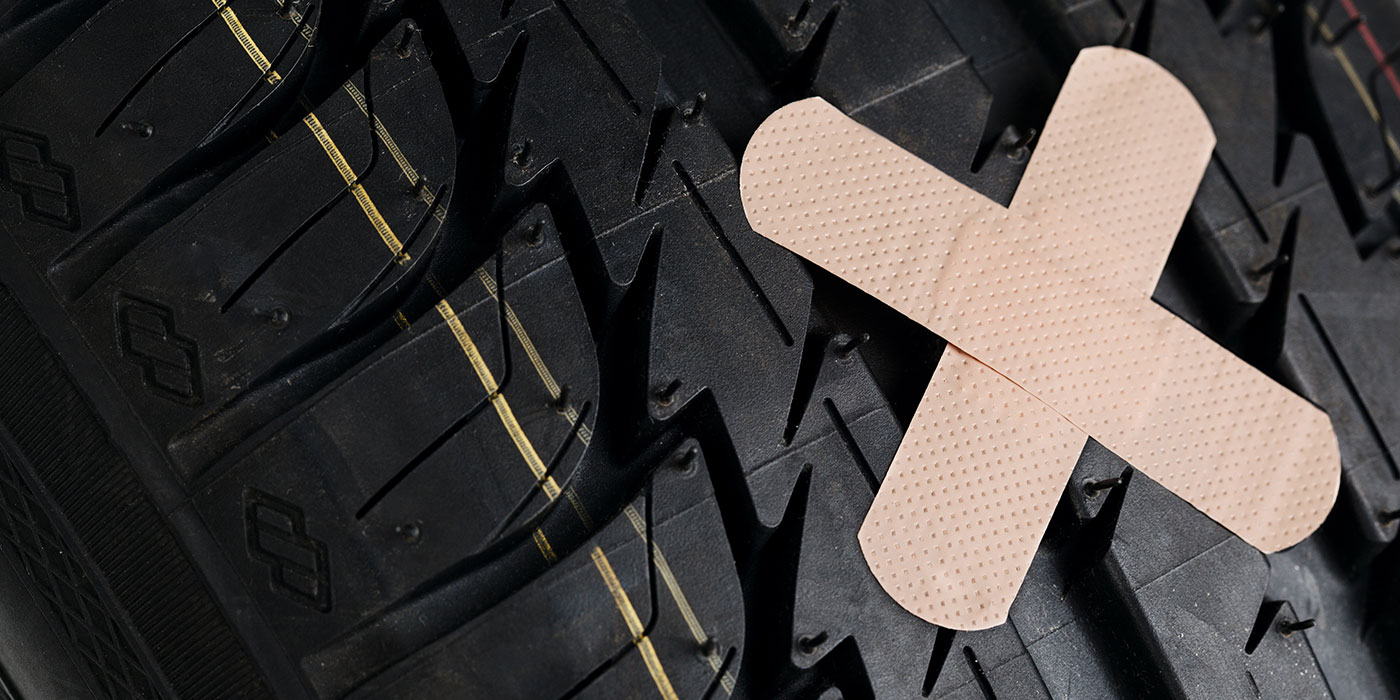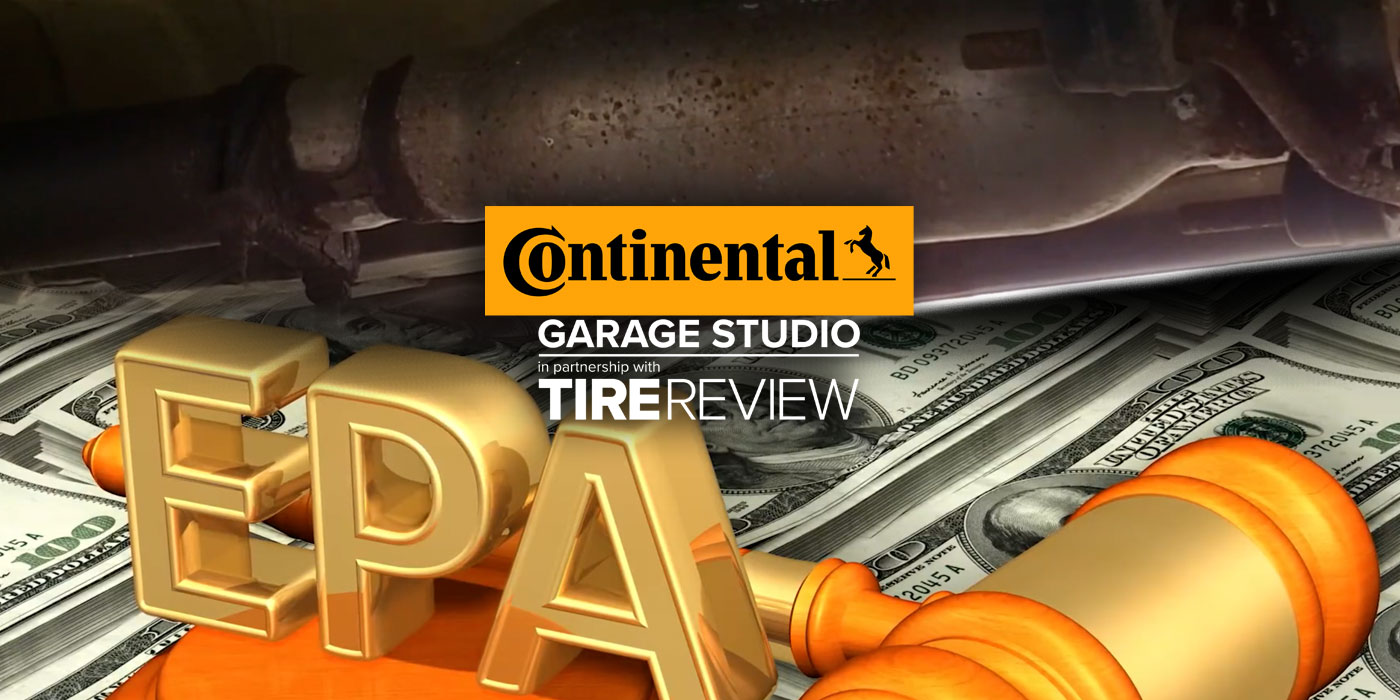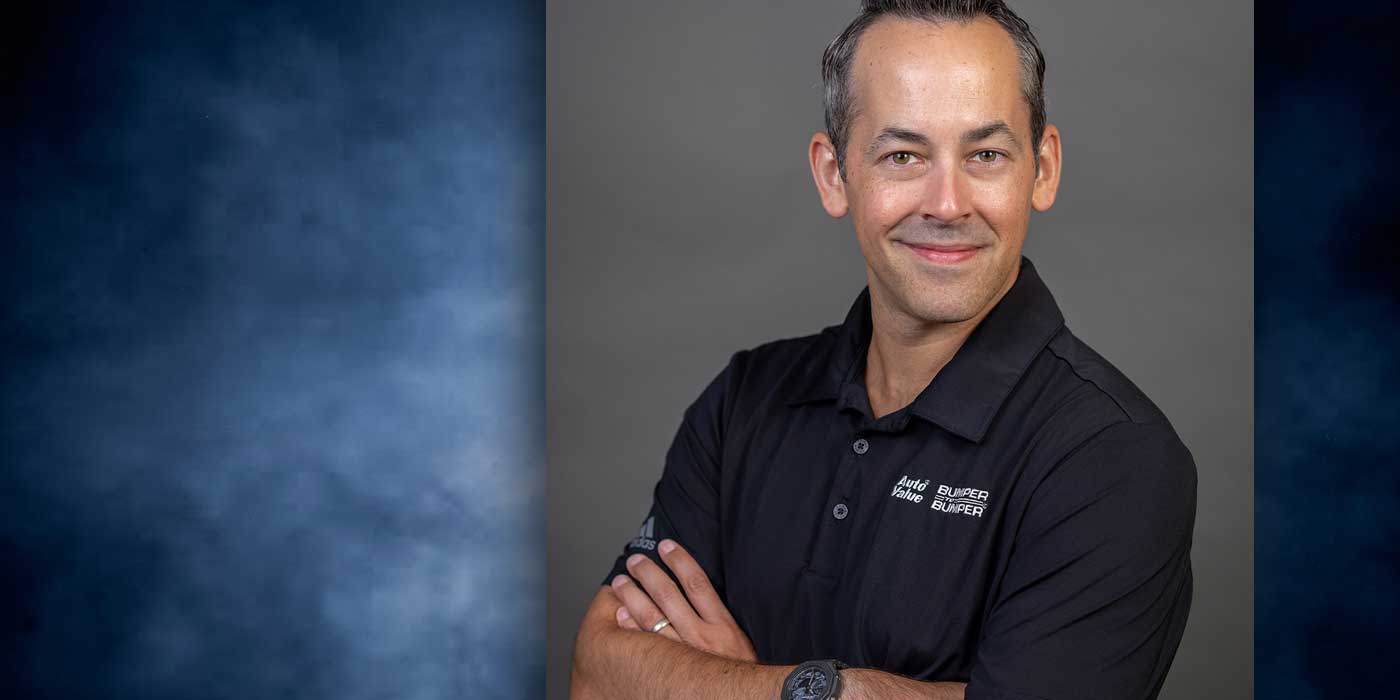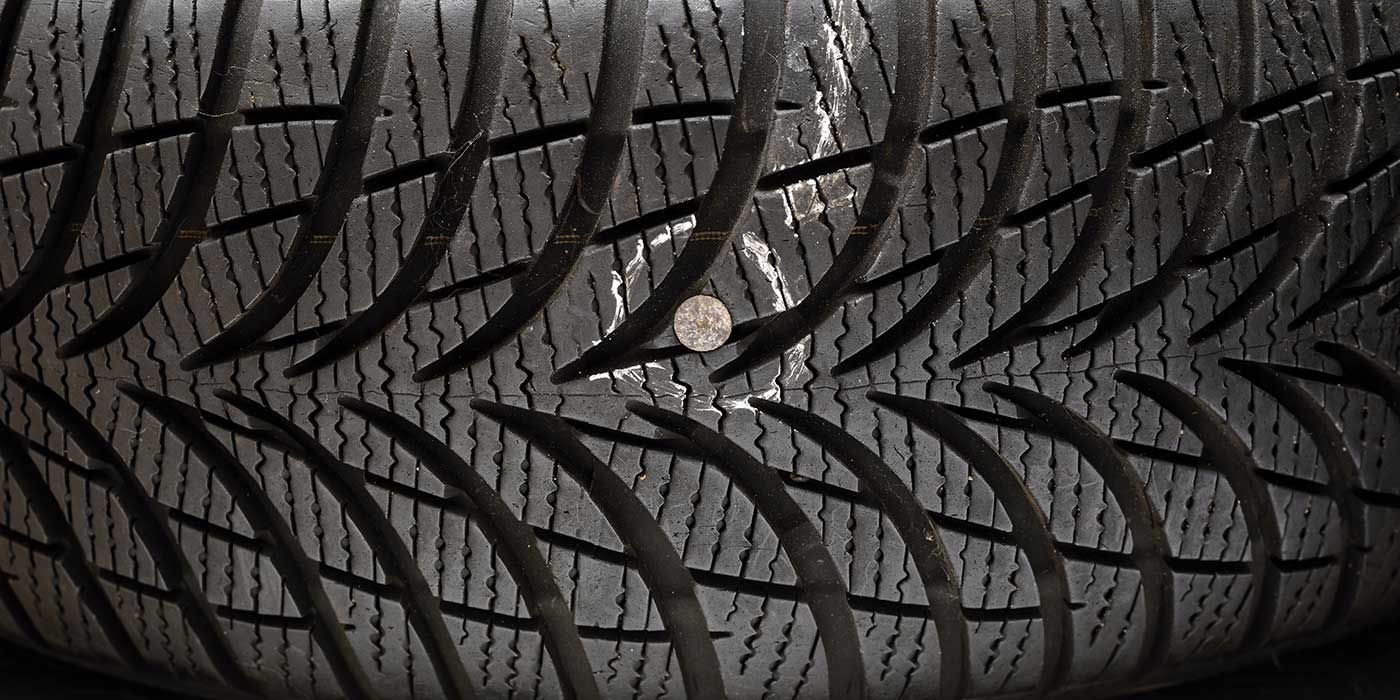Catalytic converters are becoming more efficient to coincide with emissions warranty changes.
However, there are a lot of chemicals that can poison a catalytic converter and prevent it from breaking down some of the gasses and harmful elements in an exhaust stream, particularly zinc and phosphorous, without the driver even knowing it. These two chemicals can taint the catalyst bed inside the converter and cause it to no longer be efficient or effective in reducing emissions.
This typically results in a code from the vehicle that indicates that the converter is below efficiency. The converter has an efficiency rating that is computed by the vehicle. This number rates the amount of reduction that is occurring in the converter and its ability to store oxygen. But, the efficiency of the converter is tied to the engine’s fuel trim. Most engines minutely alter the fuel trim to replenish the oxygen in the converter and to add fuel for reduction. This helps to keep the converter at the correct temperature to achieve the most efficient operation.
Once the efficiency drops below a specified level and other criteria are met, an efficiency code will be set. The software is designed to filter out data that may be erroneous, or random signals that may interfere with the oxygen sensor.
Most converters start out at about 99 percent efficiency when new, and quickly taper off to about 95 percent efficiency after about 4,000 miles. As long as efficiency doesn’t drop off more than a few percentage points, the converter will do a good job of cleaning up the exhaust. But, if efficiency drops much below 92 percent, it will usually turn on the check engine light.
Zinc and phosphorous bond with the catalytic converter’s internal surfaces that prevent the converter’s ability to store oxygen and break down unburned hydrocarbons. How do zinc and phosphorous, or oil and coolant, make their way into the converter? Oil, for example, can make its way into the exhaust stream through the rings on the piston itself. The head gasket can leak over time allowing oil and coolant to find their way inside the converter and compromise it.
This underscores the need to return your customers’ vehicle to proper operating condition, especially as it relates to a misfire, fuel issue or ignition issue, so that the catalyst inside the converter can operate properly and keep the check engine light out.
The next time you’re servicing a vehicle, make sure you’re also looking at the manufacturer specifications for oil and coolant, in addition to the specs on the side of your coolant bottle to ensure it meets the vehicle’s requirements. That way, you’ll help extend the life of the vehicle and ensure you’ve properly serviced the cooling system.
Another incentive to take care of the converter is the rising cost to replace them. It makes sense to protect their longevity, as well as safeguard against the current rise in converter thefts.
This article is sponsored by Aftermarket Auto Parts Alliance.




